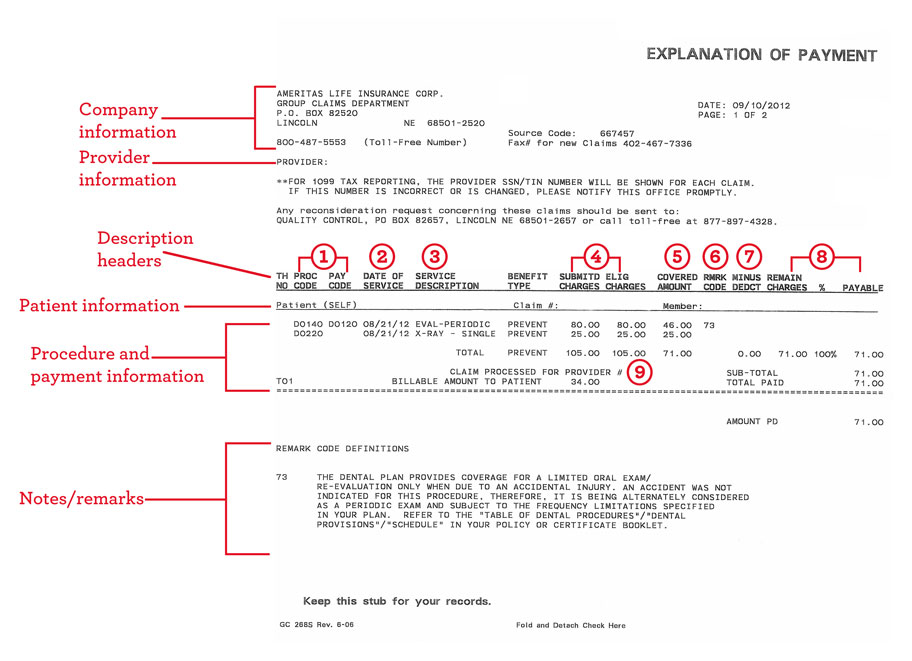
I use to hate that word, oxymoron. Many years ago, I wore a military uniform. I was an officer in the United States Army branched as Military Intelligence (MI). Anytime I stated my branch the immediate response would be, “Isn’t that an oxymoron, Military and Intelligence?” Needless to say, I did a ton of push-ups and burpees for my more than colorful responses. MI is like defense, you can’t win without.
Lets fast forward to today’s topic. I read this headline in the local paper “Hospitals grapple with price transparency” (‘Health Care’ by Tracey Druly Buffalo Business First)
Have any of you seen an EOB (Explanation of Benefits) from your insurance or did you throw it into the trash and were grateful to have insurance? If you’ve seen it or spent time reviewing it, its a little daunting to understand as it describes the costs of your hospital stay/treatment. Hospitals started that format about 10-15 years ago, it was their best way to itemize the actions taken during your visit.

Yet to my surprise, Center for Medicare and Medicaid Services ((CMS) the creators of what is reimbursable by the government) required all hospitals by January 1st 2019 to post on their website an itemized price list of all services, items and procedures. Its purpose was to allow customers to price compare their hospitals. Sounds good in theory, but I’m not so certain how its going to truly work.
The article first listed the codes/descriptions of the procedures and products used in each hospital would be confusing and or not labeled the same. (Like those outside of the medical industry speak in medical jargon?). Again, going back to your EOB, you often have to call your provider or the hospital to explain the codes, abbreviations and the details of the procedure. Now with the list on the website you will have to call the hospital for explanations to truly compare apples to apples or in this case procedure to procedure.
But other interesting points that could truly confuse the average potential patient
- Length of Stay (LOS) which could effect total pricing.
- Types of complications that may occur during your procedure, which could increase the forecasted costs.
- Co-diseases that could potentially affect patient care; the cost for the procedure maybe more expensive. Example allergies, diabetes, cardiac issues that may require additional care.
- Type of insurance you currently carry could affect the listed price.
- My personal favorite cost changer? The cost of newly approved therapy that CMS has not yet coded. Examples: new drugs available to the market, new implantable devices or capital equipment used during the procedure. Where does that price fall on the website?
But hold on, just like those push-ups and burpees in my early years, it was painful at first, ridiculous at times, but eventually I was able to prove my point. Military Intelligence win battles.
So hold on, this is the first of many steps for hospitals to get transparency right. This version may not work, but one day it will, if we keep demanding for transparency for hospitals and the providers.
Stay Inspired,
Shonda


